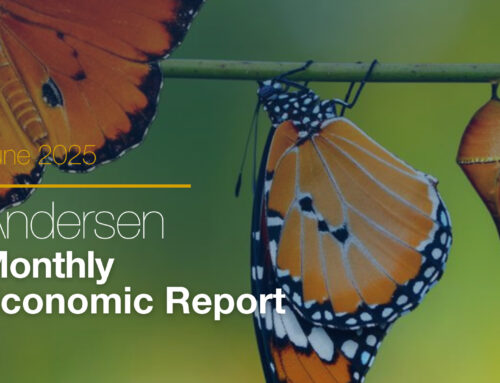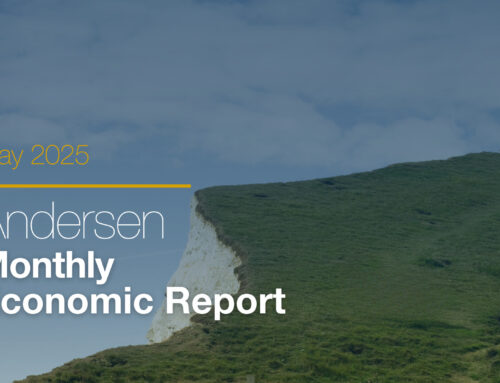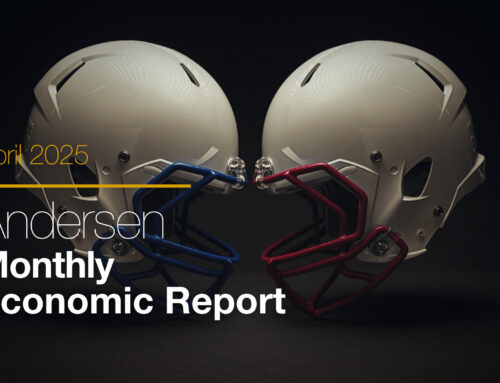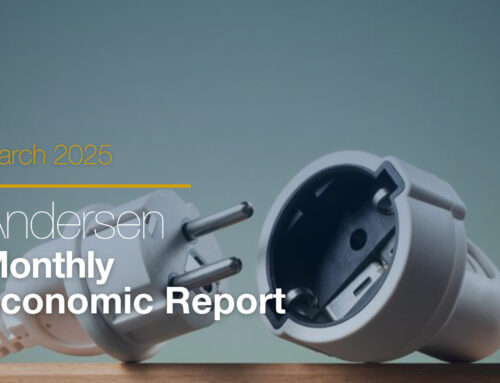TEC Canada is pleased to provide the Andersen Monthly Economic Report exclusively to our members. The former assistant chief of the Bank of Canada’s research department, Dr. Peter Andersen provides valuable economic insight to help you make better business decisions.
The restarting of the U.S. economy began in May and the renewed momentum will continue through summer – Canada will follow with a lag. Canada is opening back up at a slower rate than their southern neighbours, in part due to the fact that they do not have the same mortgage forbearance that the U.S. CARES Act provides and will likely face a ‘mortgage deferral cliff’ in the Fall when mortgage payments resume. Commodity price inflation is back up and while oil demand is still very low, it’s beginning to move higher internationally. Still, traditional economic indicators are not much help as they are backward looking; commodity prices, survey results and anecdotal industry information are strong indicators for economic activity in Canada and automobile usage, gasoline consumption and gasoline prices should be watched in the U.S.
Canada:
- According to the Canadian Bankers Association, more than 700,000 homeowners (15% of total mortgages) have stopped mortgage payments – when payments are required to resume, this could compound problems at a time of high unemployment
- Very high levels of population growth in 2018 & 2019 will provide baseline support for housing demand when the economic shutdowns end. Canada averaged over 500,000 in population growth over the last 2 years – the highest ever
United States:
- The outlook for U.S. housing construction is improving – home orders from major U.S. homebuilders is increasing and mortgage approvals for home purchases show weekly gains. In addition to historically low mortgage rates, the homeowner vacancy ratio was low pre-COVID-19, which is a stark contrast from the last recession
- When the pandemic first started in March, the federal government repurposed liquidity programs within weeks – it took 6 months in the previous recession for a policy response to emerge
International:
- Germany and South Korea are leading indicators for what to expect if a second wave emerges
- Commodity prices – oil, copper, lumber, nickel, iron and zinc are all up. This signals strong physical economic activity as well as attitudes/confidence; there is a clear message that the recession, both deep and sharp, is now over
Additional Resources:
Financial Post: Big Banks Report Results as Mortgage ‘Deferral Cliff’ Starts to Loom
BNN Bloomberg: U.S. Housing Market has Been Surprisingly Active During Lockdown
Read The Full Report Here
Not Part Of Our Community? Explore Membership Here





